The next decade promises to be transformative for car travel, driven by rapid technological advancements, environmental concerns, and evolving consumer preferences. Here are ten key reasons why the coming years will revolutionize the way we travel by car:
Electric Vehicle (EV) Adoption
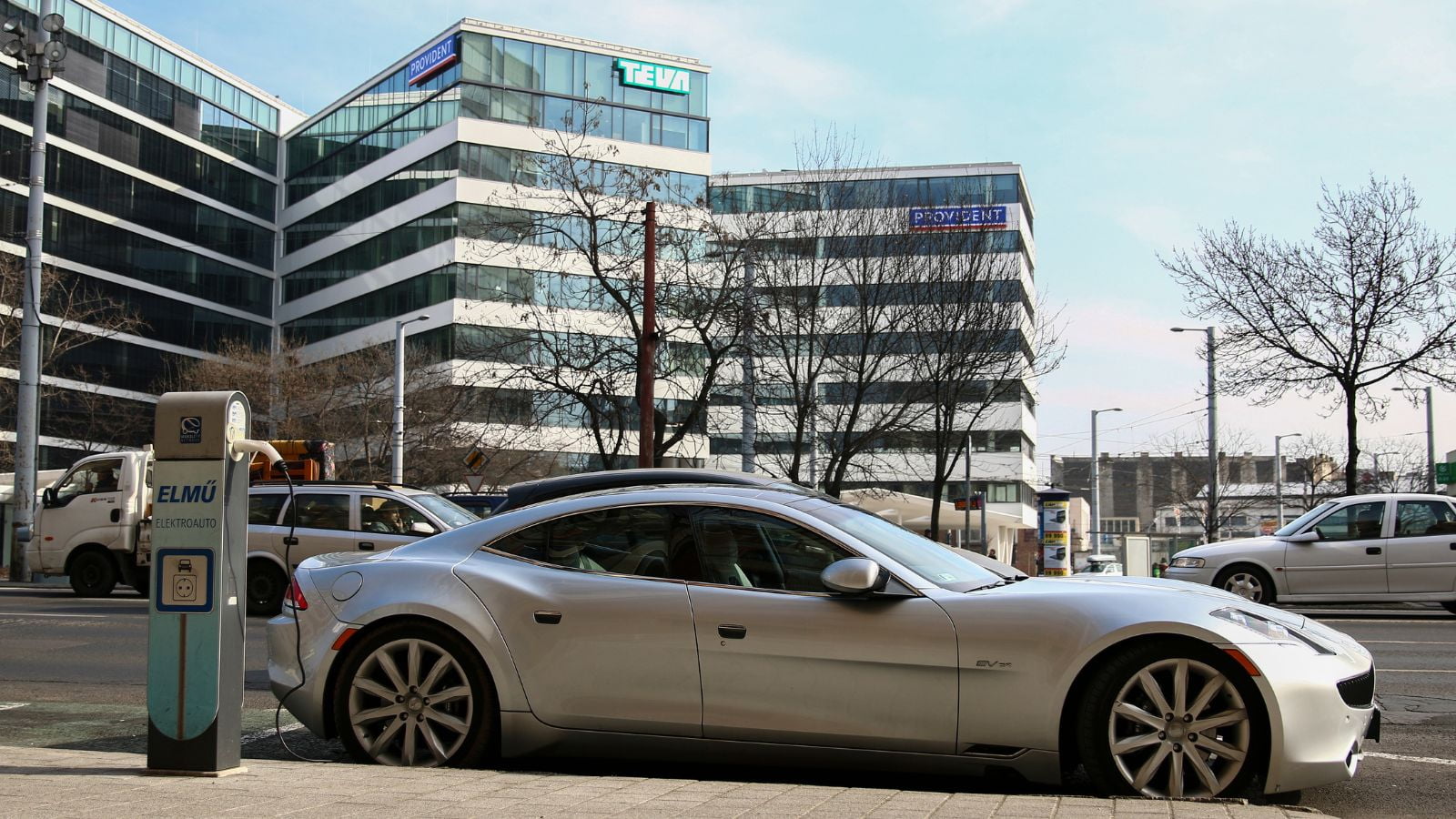
The next decade is poised for a significant rise in adopting electric vehicles (EVs). Governments everywhere implement stringent emissions regulations and offer incentives to accelerate the transition from internal combustion engines to electric powertrains. Major automakers are responding with ambitious plans to electrify their fleets. For instance, General Motors has pledged to turn its whole fleet electric by 2035, and Ford plans to have 40% of its global vehicle volume be all-electric by 2030.
Autonomous Driving Technology

Autonomous driving technology is rapidly advancing, with companies like Tesla, Waymo, and Cruise leading the charge. The next decade will likely see the commercialization of fully autonomous vehicles, fundamentally transforming car travel. These self-driving cars aim to improve road safety by eliminating human error (responsible for 90% of traffic accidents). Additionally, autonomous vehicles will enable individuals unable to drive with greater mobility. The technology’s maturation will also spur the development of autonomous ride-sharing services, potentially decreasing the number of privately owned vehicles and reducing urban congestion.
Connected Car Technology
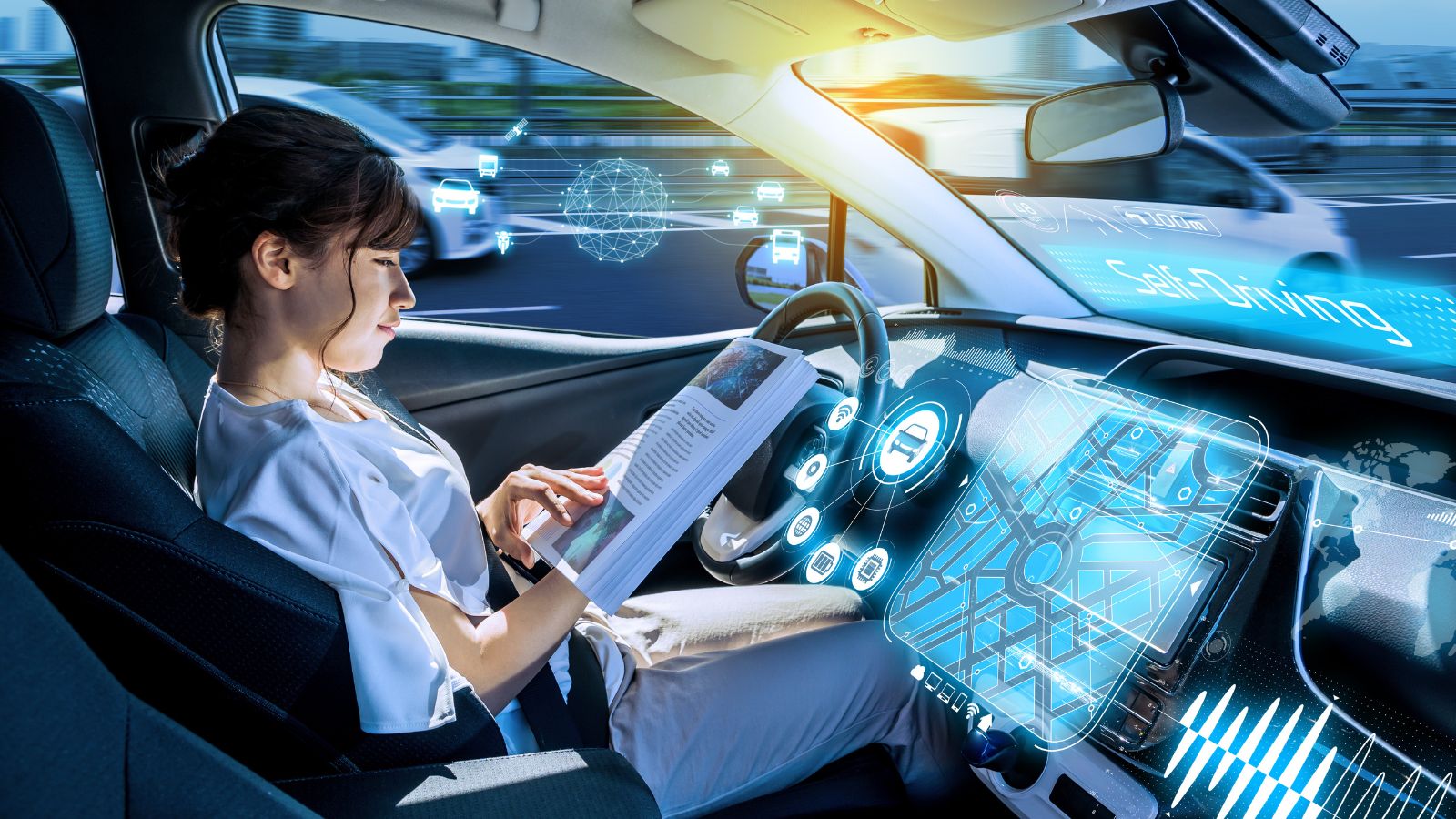
Connected car technology, which allows vehicles to communicate with each other and with infrastructure, is set to revolutionize car travel. This technology enables real-time data exchange, improving traffic management, enhancing safety, and providing better navigation assistance. For example, vehicles can receive alerts about upcoming hazards or traffic jams, allowing drivers to make informed decisions. Integrating 5G networks will enhance connectivity, supporting faster data transmission and more reliable communication. This connectivity will be crucial for developing smart cities, where traffic lights, roads, and vehicles work together to optimize traffic flow and reduce congestion.
Sustainable Materials and Manufacturing
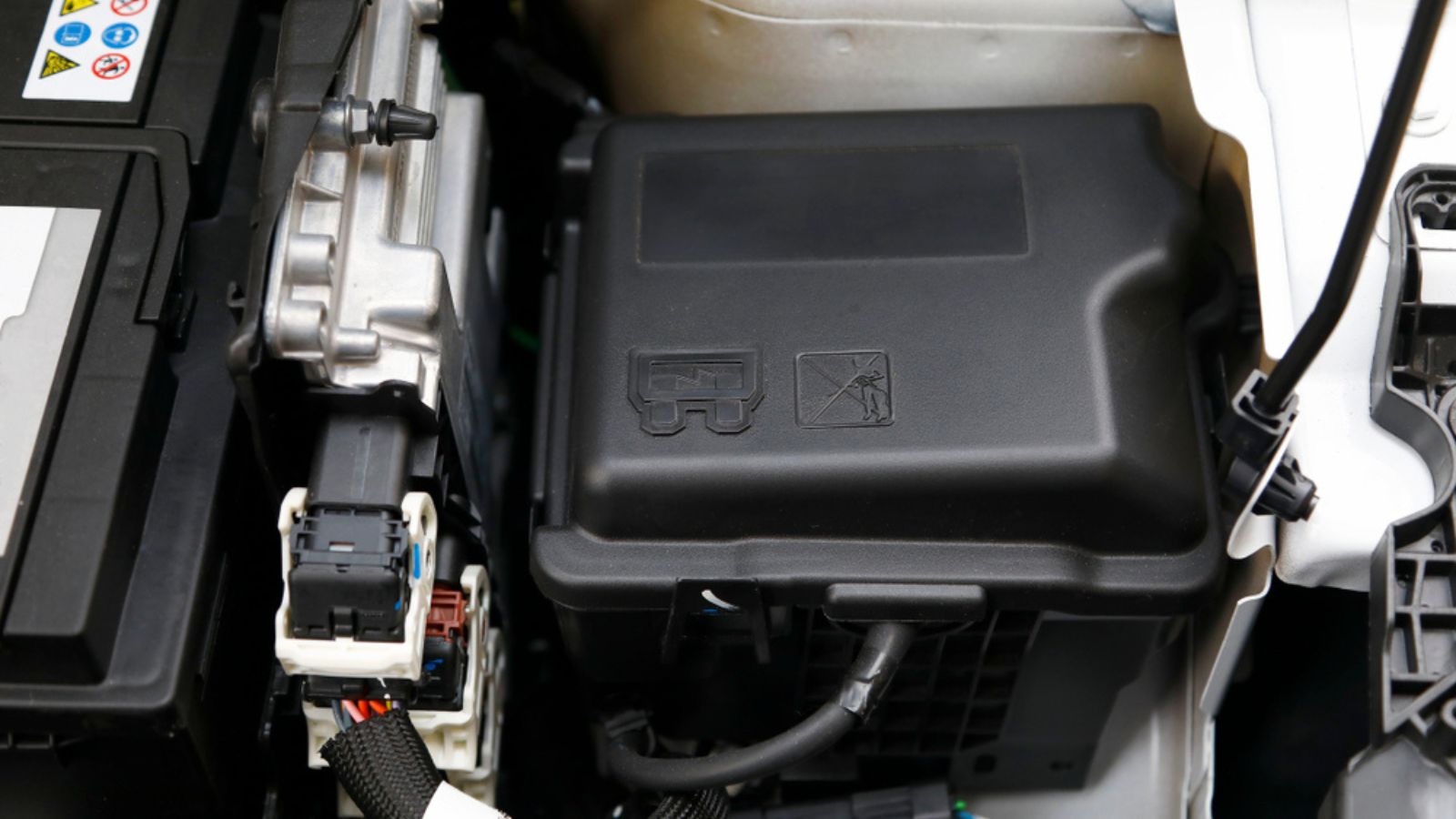
The automotive industry has increased its focus on sustainability by using eco-friendly materials and manufacturing processes. Companies are developing vehicles with recycled and biodegradable materials, reducing their environmental footprint. For example, BMW’s i3 electric car uses many recycled materials, including thermoplastics and natural fibers. Plus, advancements in techniques like 3D printing allow for more efficient production methods with less waste. Renewable energy sources in manufacturing facilities are also becoming more common, further reducing the carbon footprint of vehicle production.
Advanced Driver Assistance Systems (ADAS)

Advanced Driver Assistance Systems (ADAS) are becoming more sophisticated and widespread. They include adaptive cruise control, lane-keeping assist, automatic emergency braking, and blind-spot detection. ADAS technologies enhance driving safety by reducing accidents and making driving less stressful. As these systems become standard in more vehicles, the overall safety of car travel is expected to improve significantly.
Mobility as a Service (Maas)
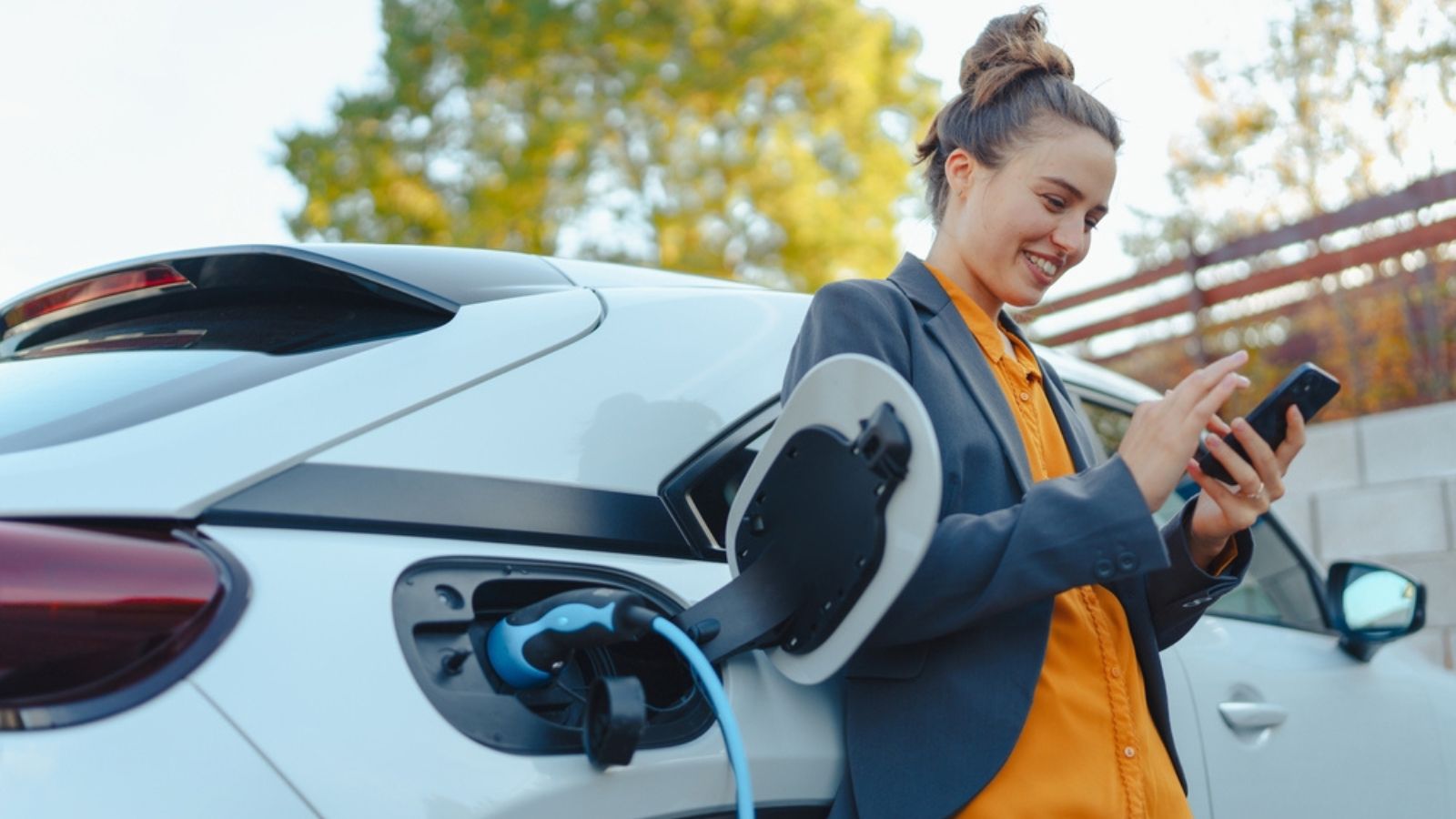
Mobility as a Service (Maas) is a growing trend. It aims to offer a holistic approach to transportation by integrating various modes of transport into a single accessible service. Instead of owning a car, individuals can subscribe to a Maas platform that provides access to different transportation options, such as ride-sharing, car-sharing, public transit, and bike-sharing. This model promotes more efficient use of resources, reduces the need for parking space, and lowers overall transportation costs. Cities like Helsinki and Singapore are already pioneering Maas solutions and the trend is expected to expand globally, making urban travel more convenient and sustainable.
Enhanced Vehicle Safety Features

The future of car travel includes many enhanced safety features designed to protect occupants and pedestrians. Innovations such as improved airbags, crumple zones, and advanced seatbelt systems continue to evolve. New technologies like pedestrian detection and collision avoidance systems are becoming more prevalent. Volvo, for example, has introduced systems that detect pedestrians and cyclists, automatically applying brakes to prevent collisions. The continued development of these safety features will make car travel significantly safer, reducing road fatalities and injuries.
Vehicle-to-Everything (V2X) Communication
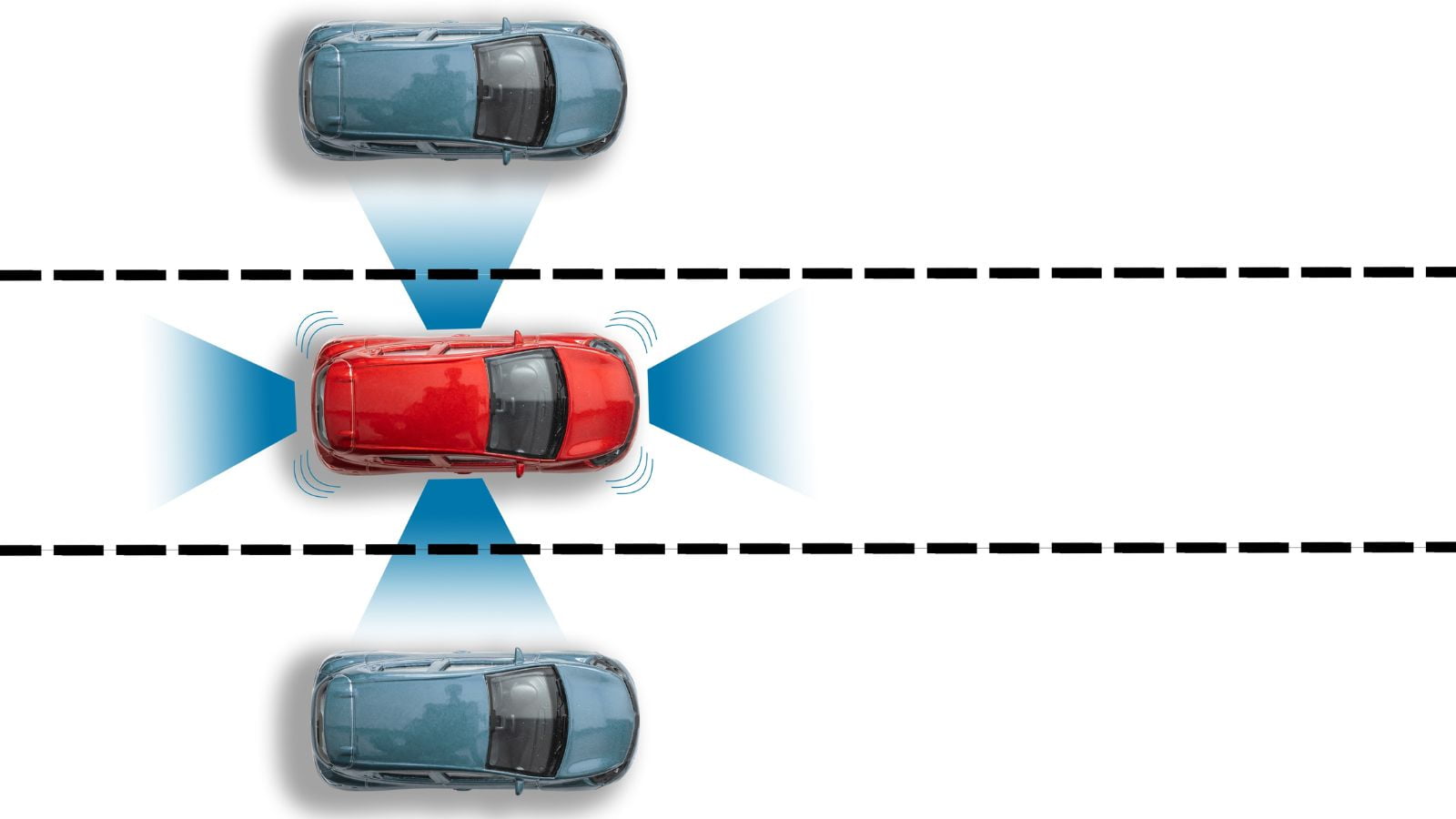
Vehicle-to-Everything (V2X) communication encompasses Vehicle-to-Vehicle (V2V), Vehicle-to-Infrastructure (V2I), and Vehicle-to-Pedestrian (V2P) communication. This technology allows vehicles to exchange information with each other and their surroundings, enhancing situational awareness and enabling cooperative driving. V2X communication can help prevent accidents by giving drivers timely warnings about potential hazards, such as an approaching emergency vehicle or a pedestrian crossing the street. It can also improve traffic flow by allowing vehicles to coordinate their movements, reducing congestion and emissions. As V2X technology becomes more widespread, it will play a crucial role in developing intelligent transportation systems.
On-demand and Personalized Mobility Solutions

The rise of on-demand and personalized mobility solutions is transforming how people travel. Services like Uber and Lyft have already revolutionized ride-hailing, and the next decade will see further advancements in personalized transportation. Autonomous ride-hailing services, personalized navigation, and tailored in-car experiences will become more common. For example, vehicles can adjust temperature, seat position, and entertainment options based on individual preferences. These personalized solutions will enhance the convenience and comfort of car travel, making it a more enjoyable experience for users.
Energy Infrastructure Evolution
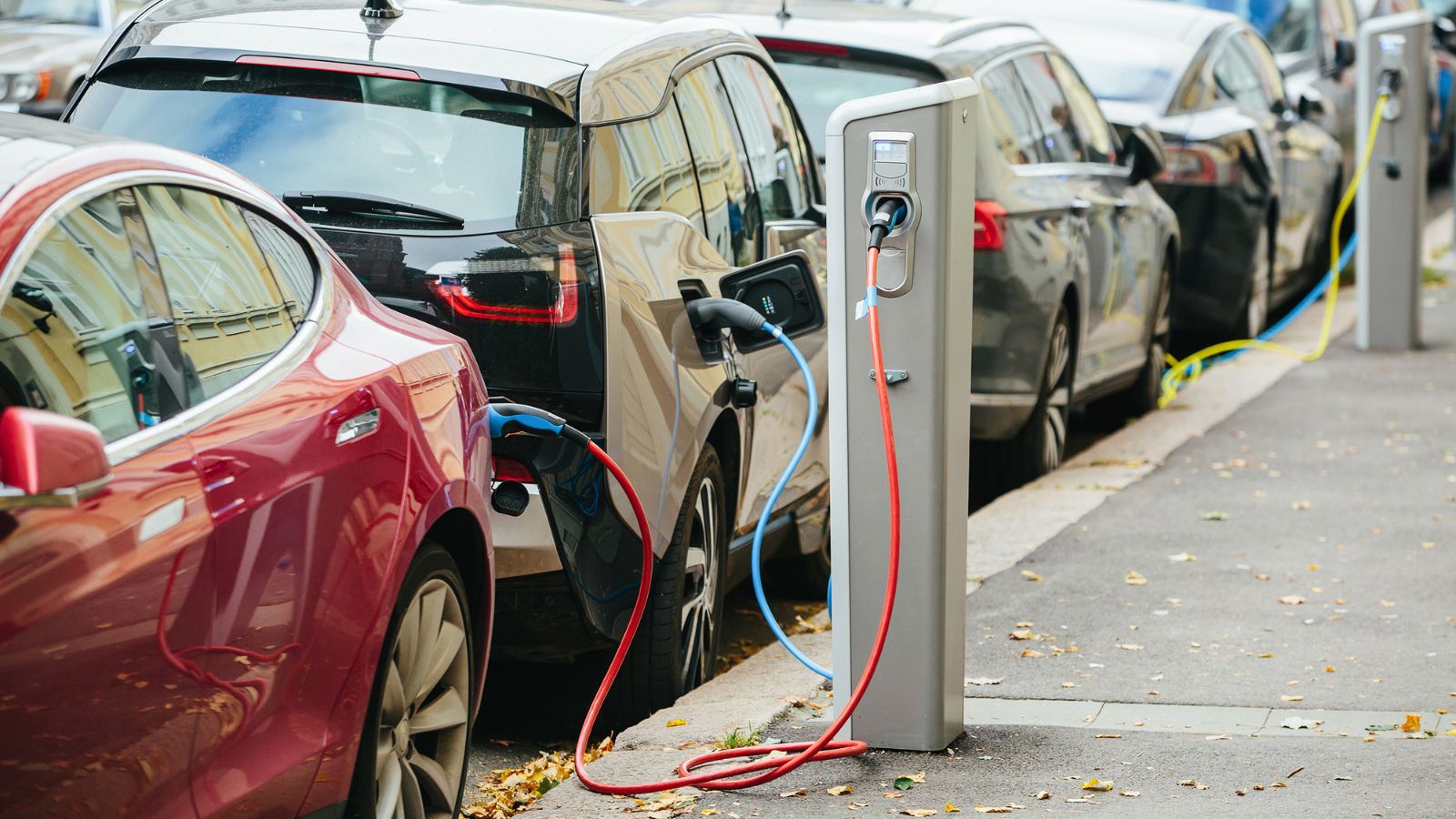
The evolution of energy infrastructure is critical to support the growing number of electric vehicles. The next decade will see significant investments in charging networks, emphasizing fast-charging and ultra-fast-charging stations. Companies like Tesla, ChargePoint, and Electrify America are expanding their networks to ensure plentiful recharging options. Additionally, advancements in wireless charging technology will provide new ways to charge vehicles without plugging in. The development of vehicle-to-grid (V2G) technology will also allow EVs to feed electricity back into the grid, providing a valuable resource for energy management.
14 Cars With A Reputation For Running Forever And Why They Outperform The Rest

In the dynamic world of automobiles, some cars stand out for their remarkable longevity and enduring performance. These road warriors have earned a reputation for running seemingly forever, outpacing their counterparts. This article will explore 14 such vehicles and the reasons behind their legendary durability. 14 Cars With A Reputation For Running Forever And Why They Outperform The Rest
